Embedded asbestos fibres irritate lung tissue around them, causing a number of diseases. Asbestos related diseases can take many years to develop. Most diseases will not become apparent for at least 10 years after exposure to asbestos and more commonly 15-20 years. Some diseases, such as mesothelioma may take up to 40 or more years to develop.
Asbestos-Related Disease Statistics
Malignant mesothelioma is the most common of the asbestos-related diseases monitored in Australia. This is because there is a strong causal association between asbestos exposure and malignant mesothelioma. Since 2012, annually approximately 800 cases of newly diagnosed malignant mesothelioma cases have been reported with the annual number of mesothelioma deaths increasing from 416 in 1997 to 724 in 2019.
Malignant Mesothelioma
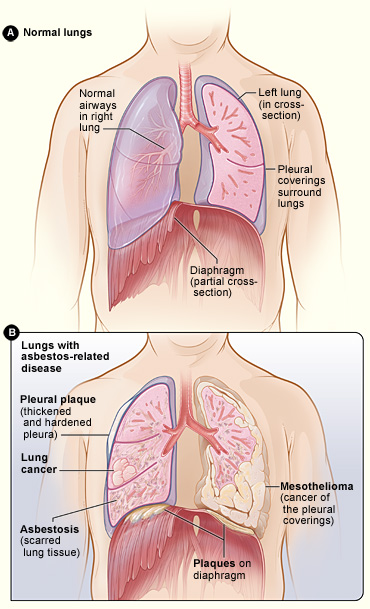 Malignant mesothelioma (MM) is a cancer arising from the lining (mesothelium) of the thoracic and abdominal cavities. The disease is usually advanced before symptoms appear, making an early diagnosis and effective treatment very difficult. The average survival time after diagnosis is only 10-12 months. A small exposure to asbestos can be enough to trigger the cancer, however a relatively small percentage of people exposed to asbestos fibres will eventually develop mesothelioma. There usually is a lag of 20-50 years after the first asbestos exposure before the disease is diagnosed. Each year in Australia, between 700 and 800 people are diagnosed with the rare and aggressive cancer.
Malignant mesothelioma (MM) is a cancer arising from the lining (mesothelium) of the thoracic and abdominal cavities. The disease is usually advanced before symptoms appear, making an early diagnosis and effective treatment very difficult. The average survival time after diagnosis is only 10-12 months. A small exposure to asbestos can be enough to trigger the cancer, however a relatively small percentage of people exposed to asbestos fibres will eventually develop mesothelioma. There usually is a lag of 20-50 years after the first asbestos exposure before the disease is diagnosed. Each year in Australia, between 700 and 800 people are diagnosed with the rare and aggressive cancer.
Malignant mesothelioma almost uniquely caused by asbestos exposure was seldom diagnosed until the 1960’s. Since 2006 more than 600 Australians were diagnosed with malignant mesothelioma each year and experts have estimated that there were at least another 1,350 Australians with lung cancer caused by asbestos. A tragic consequence of highly intensive use of asbestos and its products in Australia in the previous century, it is estimated that these figures will continue to rise in the coming decades.
MM is a disease that develops several years after the first exposure to asbestos fibres. However, the disease is currently also diagnosed in young adults incidentally exposed to asbestos fibres as children. The fact that approximately 1/3 of older Australian homes built or renovated before the mid 1980’s contain asbestos, reinforces the significance of Australians undertaking adequate preventive measures. The prognosis of MM patients is poor and almost all will experience severely debilitating symptoms. MM is only partially responding to the current forms of oncologic therapy and currently there is no curative treatment for the disease. It is therefore critical that we make a substantial investment in medical research to find better means of understanding the specific biology of MM in order to try to achieve better clinical outcomes for people affected by the disease.
Pleural Disease
Inflammation of the outer lining of the lung, the pleura (where asbestos fibres are deposited). The pleura stiffens and thickens widely (diffuse thickening) or in patches (plaques), and can fill with fluid.
Asbestosis
This is scarring of the lungs by inhalation of large quantities of asbestos fibres: the lung becomes inflamed and scarred (stiff) making breathing progressively difficult. Symptoms include tightness in the chest, dry cough, and in the later stages, a bluish tinge to the skin caused by lack of oxygen. Asbestosis is usually seen in former asbestos miners, asbestos manufacturing workers and insulation workers, and usually takes a decade or more to develop.
Lung Cancer
Exposure to asbestos fibres greatly increases a person’s risk of developing lung cancer, particularly if they are also a smoker.
Australian Mesothelioma Registry
In August 2020, The Australian Mesothelioma Registry published their Mesothelioma In Australia 2019 Report which reported 724 deaths and 659 Australian’s newly diagnosed with mesothelioma.
It noted of the 1015 patients who completed the voluntary asbestos exposure questionnaire between 2010-2019, 12.2% classified asbestos exposure through occupational exposure alone, with 35.9% classifying non-occupational exposure and 51.9% selected both occupational and non-occupational exposure. It reported that:
- Undertaking home renovations accounted for the possible exposure of 43% of patients
- Living in a house undergoing renovations accounted for the possible exposure of 39% of patients
- Living in a house made of fibro built between 1947 and 1987 accounted for the possible exposure of 10% of patients
- Living in the same home as someone with a job where they were exposed to asbestos and who came home dusty, accounted for the possible exposure of 14% of patients
National Asbestos Exposure Register (NAER)
The National Asbestos Exposure Register (NAER) was established by the Australian Government to record information for members of the community who may have been exposed to asbestos. If you think you may have been exposed, or for more information visit Asbestos Safety and Eradication Agency.
REFERENCES
Australian Mesothelioma Registry Reports



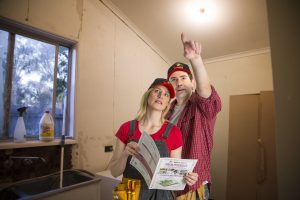

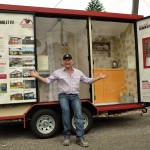


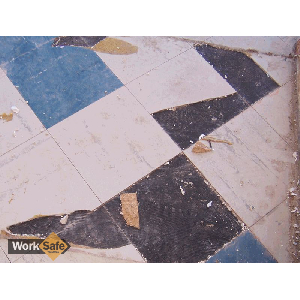
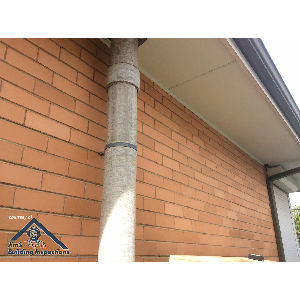

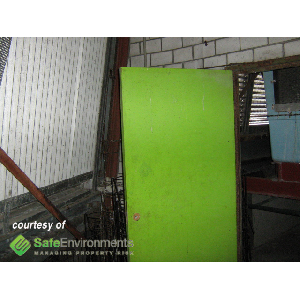
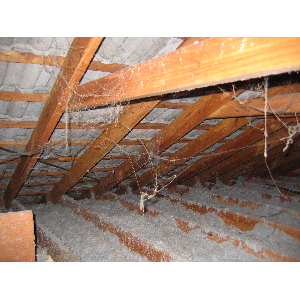
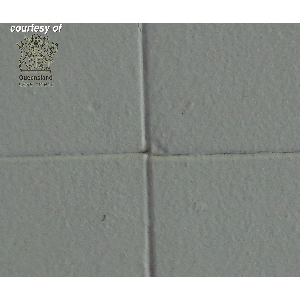
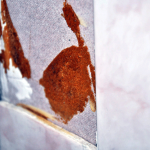


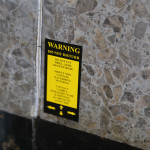
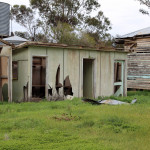

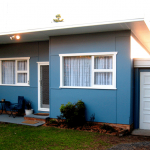
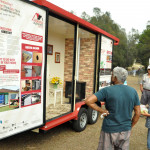
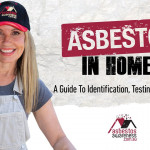

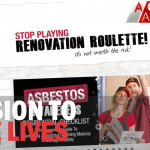
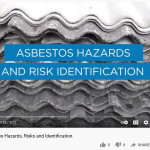

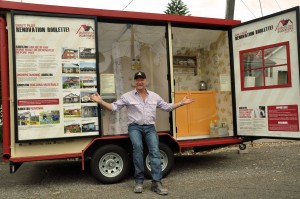
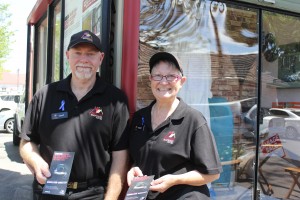
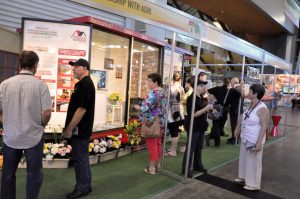
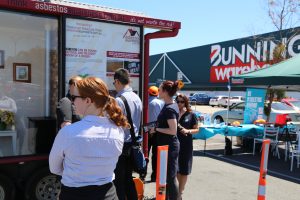
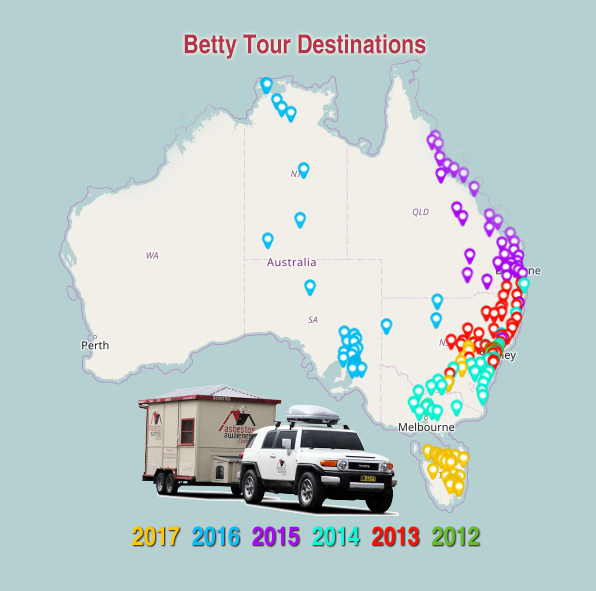 isited various community events including:
isited various community events including: